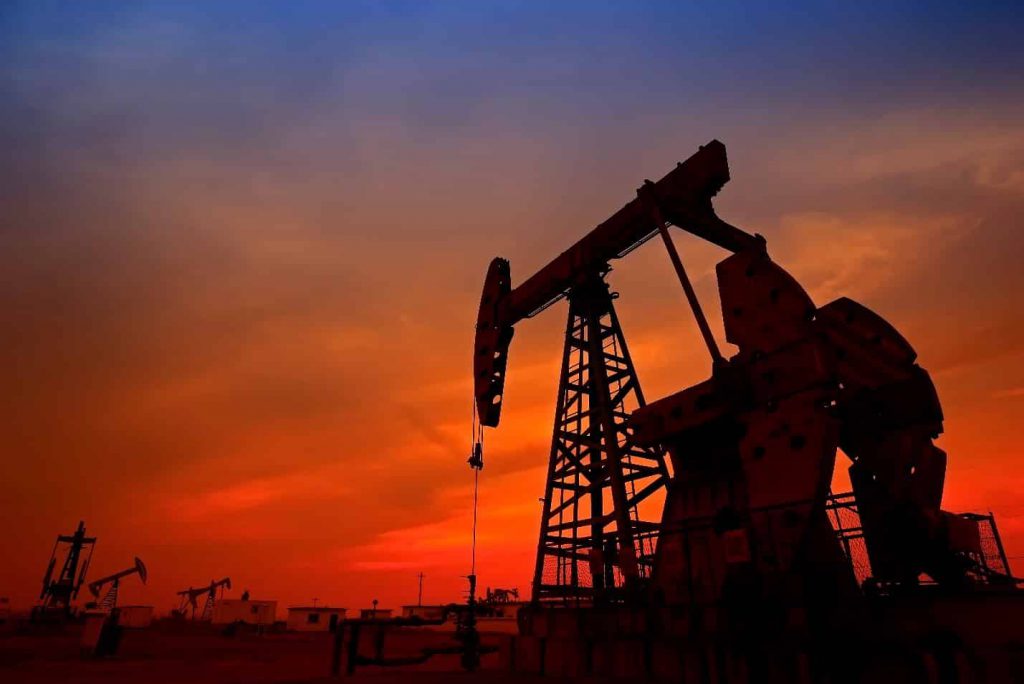
Why oil prices may continue to rise
Russia was preparing to invade another former Soviet republic. Crude oil prices were skyrocketing.
In 2008, just before Vladimir Putin sent Russian tanks into Georgia. The oil price in the United States eventually reached an all-time high of nearly $150 per barrel.
On Monday, US oil prices were trading around $125 per barrel, still below their peak, while the Brent international benchmark hit a high of $139 before falling back to $128. However, echoes of 2008 — from war to Western officials’ pleas in Riyadh — are increasingly difficult to ignore.
China’s insatiable appetite for energy fueled that rally 14 years ago. This time, even developed economies participated in the post-pandemic fossil fuel binge.
Remember how the pandemic was supposed to hasten the peak in oil demand? The United States’ petroleum consumption reached a new high in recent weeks. According to the International Energy Agency, global consumption will remain flat this year.
A price shock would eventually provide another compelling reason to stop burning the fossil fuels that cause climate change. High prices would be the antidote to high prices.
However, no one knows what the demand-destruction threshold is. Unlike the July 2008 price spike, when the mother of all credit crises was brewing in the background, today’s economic backdrop is also bullish. Many consumers are flush with post-pandemic stimulus money and eager to burn it.
The power of U.S. natural gas
Over the last 15 years, the United States has been one of the world’s fastest-growing natural gas producers. According to the 2021 B.P. Statistical Review, Russia produced 20% more natural gas than the United States in 2005. After one fracking boom, the United States is the world’s largest natural gas producer, producing more than 40% more natural gas than Russia.
On the other hand, Russia supplies up to 200 BCM to Europe via pipeline each year. Furthermore, while U.S. natural gas production has increased, U.S. demand has risen nearly as quickly as coal-fired power plants have switched to natural gas. Natural gas production in the United States has risen by 339 BCM over the last decade, enough to ultimately supply Europe if our demand had not advanced so rapidly.
The increased natural gas production in the United States demonstrates a significant capacity to reduce Europe’s reliance on Russian gas. The expansion of US LNG has already reduced Russia’s market power.


